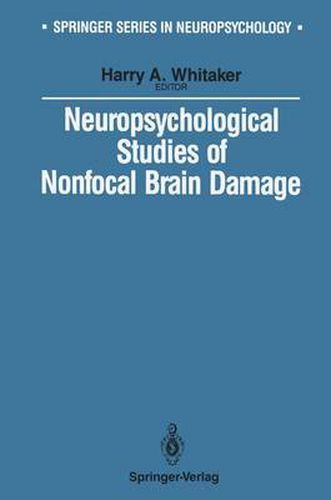Readings Newsletter
Become a Readings Member to make your shopping experience even easier.
Sign in or sign up for free!
You’re not far away from qualifying for FREE standard shipping within Australia
You’ve qualified for FREE standard shipping within Australia
The cart is loading…






In summary, considerable controversy and research have been generated from the automatic/effortful distinction. Hasher and Zacks (1979) initially stated that all manipulations (e. g. , practice, individual differences such as age, orienting instructions) must produce null effects in order to satisfy the criteria that a process is automatic.
However, Zacks et al. (1984) have more recently noted that automatic processes may range in degree from relative insensitivity to task and subject variables (e. g. , frequency processing) to those that are more vulnera- ble to disruptive effects (e. g. , temporal processing). A review of the literature reveals that individuals are sensitive to frequency information even if manipUla- tions alter the slope of the judgments. Perhaps the application of dual-task metho- dology to the measurement of capacity demands will be useful in classifying processes along an attentional continuum. Moreover, there has been a tendency to dichotomize automatic/effortful processes rather than to characterize them as ranging from low to high attentional demands. Recent evidence (Maki & Ostby, 1987) suggests that attention may be important only in the initial (early) stages of processing frequency information. Therefore, a major difference that may emerge between automatic and effortful processing could be the degree of sus- tained attention required from individuals. In the following section, we review the findings obtained in the application of the automatic/effortful framework to the elderly and neurological/psychiatric populations.
$9.00 standard shipping within Australia
FREE standard shipping within Australia for orders over $100.00
Express & International shipping calculated at checkout
In summary, considerable controversy and research have been generated from the automatic/effortful distinction. Hasher and Zacks (1979) initially stated that all manipulations (e. g. , practice, individual differences such as age, orienting instructions) must produce null effects in order to satisfy the criteria that a process is automatic.
However, Zacks et al. (1984) have more recently noted that automatic processes may range in degree from relative insensitivity to task and subject variables (e. g. , frequency processing) to those that are more vulnera- ble to disruptive effects (e. g. , temporal processing). A review of the literature reveals that individuals are sensitive to frequency information even if manipUla- tions alter the slope of the judgments. Perhaps the application of dual-task metho- dology to the measurement of capacity demands will be useful in classifying processes along an attentional continuum. Moreover, there has been a tendency to dichotomize automatic/effortful processes rather than to characterize them as ranging from low to high attentional demands. Recent evidence (Maki & Ostby, 1987) suggests that attention may be important only in the initial (early) stages of processing frequency information. Therefore, a major difference that may emerge between automatic and effortful processing could be the degree of sus- tained attention required from individuals. In the following section, we review the findings obtained in the application of the automatic/effortful framework to the elderly and neurological/psychiatric populations.